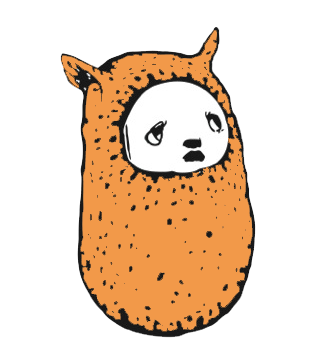A few things scientists have taught us
By day, one of the Tiny Owls (Sue) works with scientists. These scientists make a lot of things and publish a lot of words and an excruciating amount of data. We’ve learnt a lot about commercialisation from the scientists. This is what we’ve learnt.
- Not all publishing is about money, but traditional publishing is—in very large part—about commercialising people’s intellectual property (IP).
- Publishing is relatively easy. Posting something on a blog (like this) is publishing. Printing a leaflet is publishing.
- Commercialisation is hard.
- One of the things a publisher has to do is assess how commercialisable (it’s not really a word, but the scientists use it) the intellectual property on offer is: how much work it will be to transform the IP from its current state, into something people would be willing to buy.
- No. 4 is not a science.
- Sales data is ‘lag data’. It tells publishers and booksellers what people bought, not what they’ll buy in the future. Lag data is useful for tracking trends, but you cannot use it to predict the future (actually, we learnt that from economists).
- People, with their creativity, with their knowledge of culture, communities, readers, authors, illustrators and more, are critical to commercialisation. Publishers need them more than lag data.
- While a book/product may offer a publisher little financial return for their investment in the first instance, it may offer something else – like a good chance of winning a prestigious award; which may, in the longer term, help lift the profile of both author and publisher. Prestigious awards are important, just ask Nobel prize winners.
- Commercialisation is a risk. Publishers do things to reduce the level of risk; this may include publishing better known (less risky) authors. Too much of a focus on risk may lead to conservative decisions though. In science it can lead to people dismissing robust research findings because the findings are not deemed to fit with current thinking (Hidden Histories of Science edited by Robert B. Silvers is a good read if you’re interested in that sort of thing).
- The wall that risk aversion can create means that some people on the outside simply deem the wall as an obstacle and just go around and keep on going. If the ‘risk averse’ are lucky, they may be able to change their ways and catch up. Some will be left far, far behind.
- Some scientists are pretty damn good at science. Some can do good science and communicate with non-scientists. Some can do good science, communicate with non-scientists and play instruments in orchestras. It is rare to find a scientist who is good at commercialisation, or who can find the time to become good at commercialisation.
- There are a lot of steps after the publication of scientific research findings. There are a lot of steps after the publication of a book. Knowledge transfer is critical in science (it’s why science communicators exist), and marketing and distribution are critical to successful commercialisation in publishing.
- Other lessons learnt: hardwood germplasm is a term; intensive livestock effluent ponds are deep, generate biogas and, theoretically, would be excellent for the disposal of bodies.

3 Responses to “A few things scientists have taught us”
This is very interesting. Thanks for sharing. Definitely a different expression of how publishing works and helpful (I think) for someone still striving to be published (in the commercial sense).
Reblogged this on Cogpunk Steamscribe and commented:
As both a scientist and a writer … I approve of this article.
I have degrees in both science (zoology) and creative writing. That loud snorting you are hearing is my laughing hard enough to fall off my chair. It’s not hard to understand where ‘commercialisable’ came from.